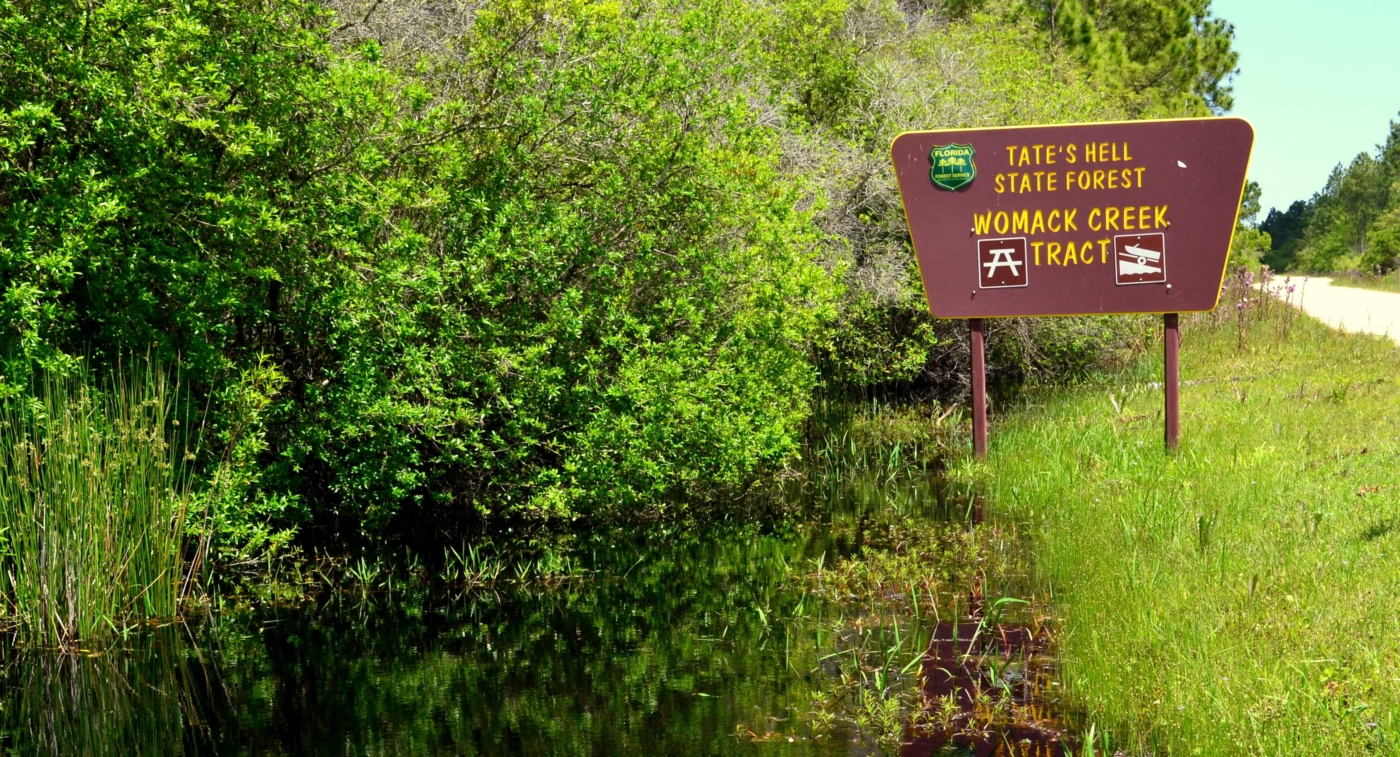Protecting Natural Treasures of Northwest Florida
Joe Budd Wildlife Management Area
The 11,039-acre Joe Budd Wildlife Management Area lies along the north shore of Lake Talquin and is jointly managed by the Florida Forest Service and the Florida Fish and Wildlife Conservation Commission. At the Joe Budd Aquatic Education Center, thousands of students experience aquatic ecosystems firsthand. The Center is open to the public on weekends from July 5 – September 1. This is one of a few places in the state where only primitive weapons—bows and muzzleloaders—are permitted for hunting deer, hogs, and turkey. During the more than 300 days each year when the area is closed to hunting, you can hike, bike, or ride horseback on roads along the rare slope forests and through the stands of old-growth pines. In the spring, the rare Orange Azalea and Silky-Camellia bloom in the slope forests, and the breeding calls of the Hooded Warbler and Swainson’s Warbler can be heard in the pine-oak forest.
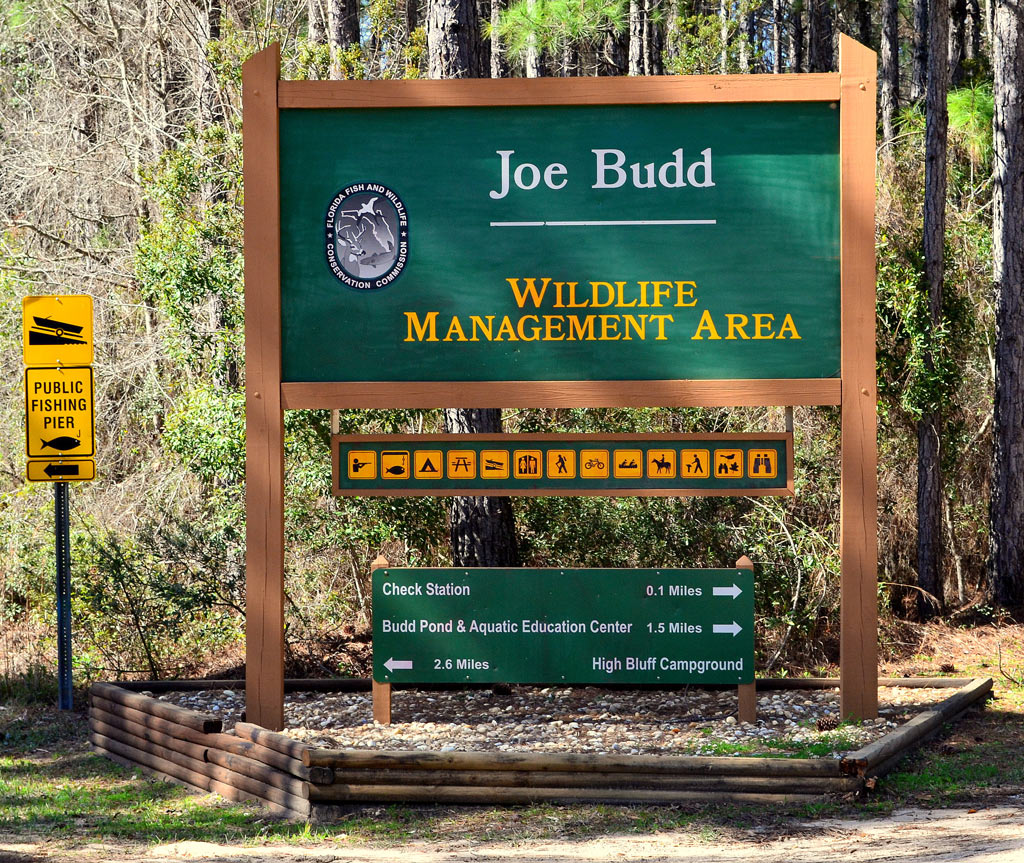

Wright Lake Recreation Area
Just north of Eastpoint in Franklin County is Wright Lake. From Hickory Landing, 101-A leads to Wright Lake with camping, picnic tables, trailer space and dump station, restrooms, showers, fishing, swimming, hiking, and nature trails. Wright Lake is handicapped accessible and both facilities have entrance fees.
Camel Lake Recreation Area
The Apalachicola National Forest is the largest U.S. National Forest in Florida. It encompasses 632,890 acres and is the only National Forest located in the Florida Panhandle. The forest provides water- and land-based outdoor activities such as off-road biking, hiking, swimming, boating, hunting, fishing, horseback riding, and off-road ATV usage. The Camel Lake Recreational Area includes a one mile hike on the Florida National Scenic Trail, including a campground, restroom facilities, picnic areas, and benches with a view of Camel Lake, a spring-fed lake which is very popular in warm months.
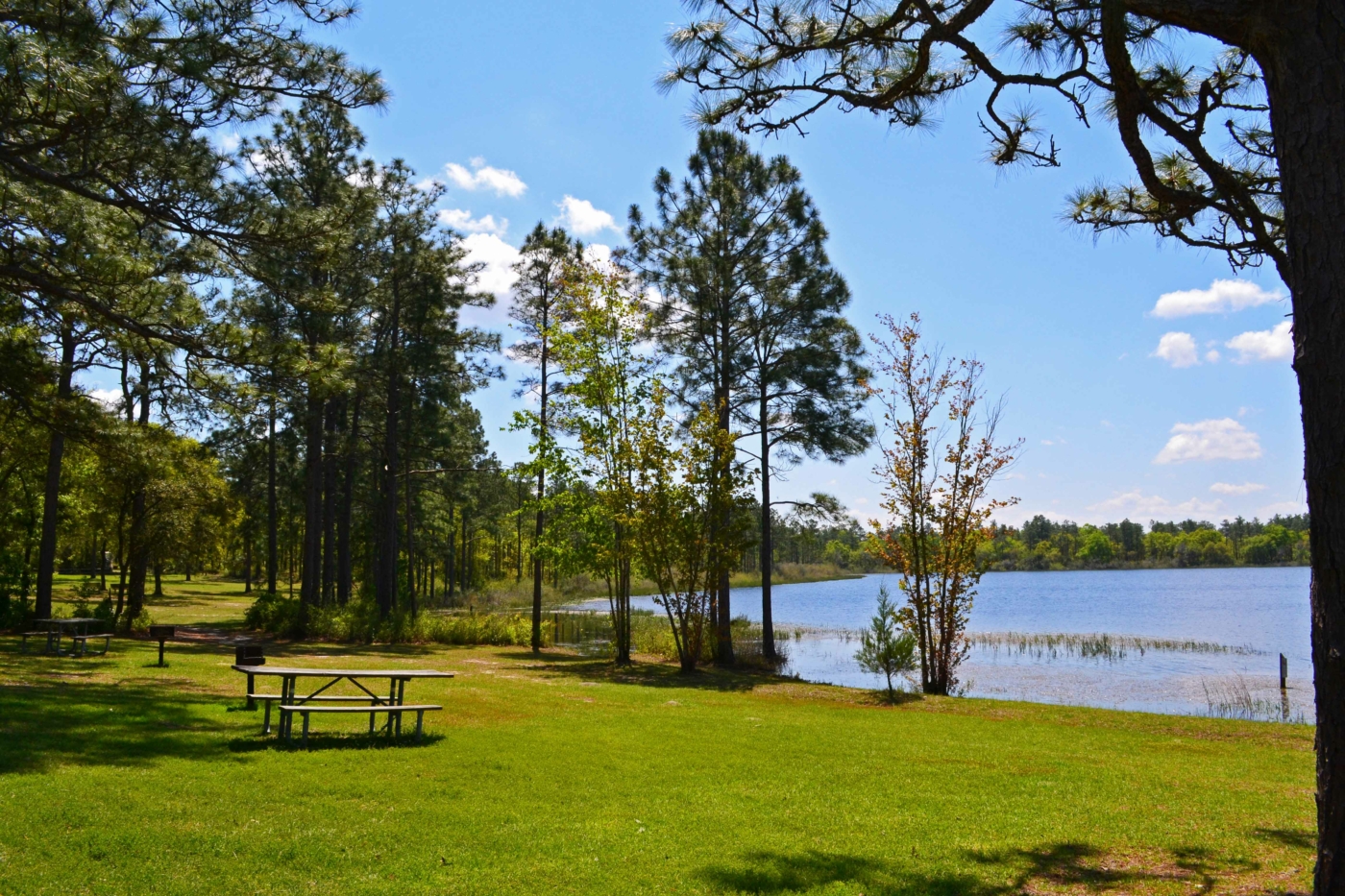
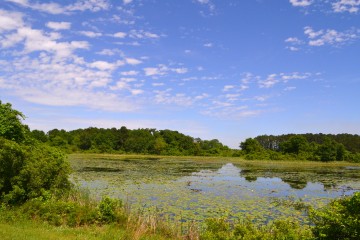
Apalachee Wildlife Management Area
Set within a picturesque landscape of rolling upland forests, farms, rivers and lakes in northwest Florida along Florida’s largest river system, the Apalachee Wildlife Management Area (AWMA) conserves important benchmark upland pine forests, floodplain forests, marshes, and swamps within the Chattahoochee and Flint River systems that form the headwaters of the Apalachicola River. Located along the western shoreline of the Chattahoochee River and Lake Seminole in Jackson County. Native wildlife including the Gopher Tortoise, Fox Squirrel, and Little Blue Heron among others. Scenic River Road (CR 271) bisects much of the AWMA and provides easy public access to enjoy wildlife viewing year-round on the area’s verdant forests, Lake Seminole, and the Chattahoochee River. Additional recreational opportunities offered on the Area include fishing, horseback-riding, boating, and hiking.
Apalachicola River WEA, Sand Beach Recreation Area
This land is part of a vast ecosystem that begins hundreds of miles away in the Chattahoochee National Forest in Georgia. The 82,554-acre Apalachicola River WEA, which is administered by the Florida Fish and Wildlife Conservation Commission, contains the largest expanse of floodplain forest in Florida. The floodplain forest of the lower Apalachicola River protects, feeds, and nurtures Apalachicola Bay, the site of Florida’s most productive oyster harvesting. This region is also considered one of the most important bird habitats in the southeastern United States: more than 280 species have been identified in the Apalachicola River WEA. The area lies on the eastern fringe of the Mississippi Flyway and hosts large numbers of birds from both the Midwest and the Atlantic seaboard during migratory periods. Visit the Sand Beach Recreation Area, a beautiful Cabbage Palm hammock with outstanding view of the Apalachicola River and floodplain forest. Sand Beach also features a boardwalk, kayak launch, picnic tables, interpretive signage, and trail.
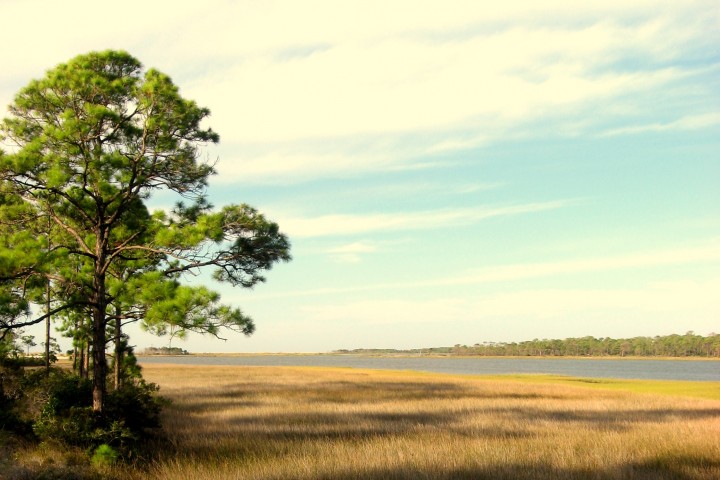
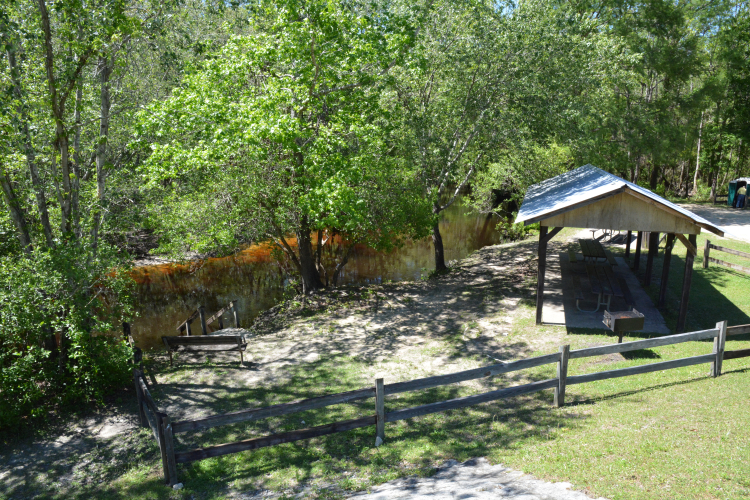
Seven Runs Recreation Area
Seven Runs Creek can be enjoyed at the facility or on a scenic paddle through hardwood wetlands and cypress swamps. A short, 2.3 mile paddle, this creek provides many twists and turns before it opens into the swampy cypress-filled forest before emptying into the Choctawhatchee River. The facility has bathrooms, picnic pavilion, benches, and grills. Seven Runs Creek is part of the Choctawhatchee River Wildlife Management Area and was recently included in the Florida Forever Conservation program.
Womack Creek Recreation Area
Womack Creek Unit consists of nearly 14,000 acres in Franklin and Liberty Counties just north of Carrabelle and is bordered by the Ochlockonee River, the Crooked River, and Highway 67. Wildlife that may be seen on the area include Turkey, Feral Hogs, White-Tailed Deer, Wood Ducks, Black Bear, Box Turtles, Swallow-Tailed Kites, Gopher Tortoise, and Ground Doves. Tent camping is permitted at designated campsites. The Womack Creek Recreation Area offers a picnic pavilion, bathhouse, and boat ramp with access to Ochlockonee River.
